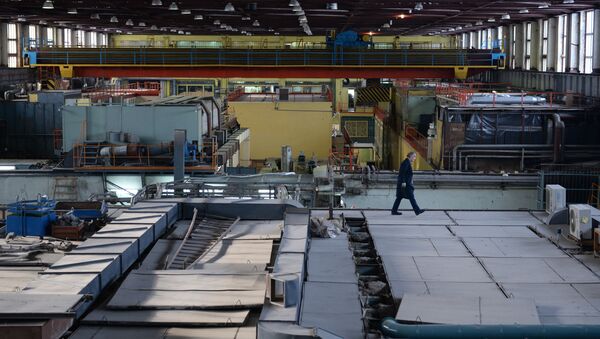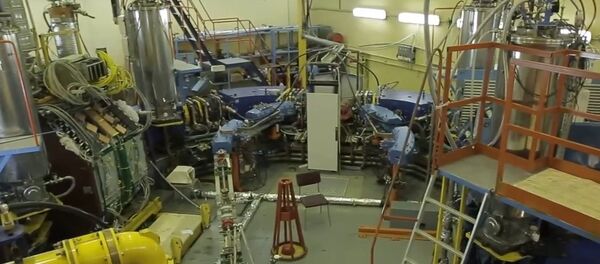In an interview with Rossiya-24 TV, Vladimir Kekelidze, the head of the Laboratory of High Energy Physics in Dubna, said that the NICA collider will be able to recreate a special state of matter in which our Universe stayed shortly after the Big Bang — the Quark-Gluon Plasma (QGP).
“We are venturing into a whole new field of science. This is more than just building a collider – it is a new era in the development of high energy physics here in Russia,” he said.
The $545 million NICA project is going to be an international project where scientists from 24 countries will be working together to create new materials and devise advanced methods of cluster therapy, radiobiology, electronics, space research, of reprocessing nuclear waste and creating safe sources of energy.
The initial launch of the NICA collider is slated for 2019 and full-capacity operation is scheduled to start in 2023.



